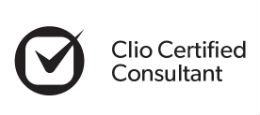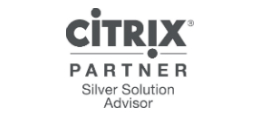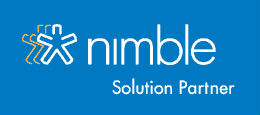|
Asana is the modern way to work together.
Asana is built so you can spend less time in meetings, writing status emails, tracking down updates, and generally doing “work about work.” With Asana, you can work faster and take on bigger and more interesting goals. Asana is free for up to 30 users. |
|
Intro to Asana:
The application is organized into three panes: On the left are the projects in the current workspace. When you add people to your team’s workspace they get access to all of the projects. In the center is the name of the selected project, and the checklist of tasks in that project. Expand the right pane to edit task details like the assignee, due date, and comments.
The application is organized into three panes: On the left are the projects in the current workspace. When you add people to your team’s workspace they get access to all of the projects. In the center is the name of the selected project, and the checklist of tasks in that project. Expand the right pane to edit task details like the assignee, due date, and comments.
|
|
Adding and editing tasks:
Adding tasks is fast. Think of the task list like a text editor. Each line is a task, just start typing and press Enter to create a new task. Create priority headings by typing a colon. Keyboard shortcuts make navigating and batch editing with multi-select even faster. The shortcut bar at the bottom of the screen lists the most common shortcuts so you don’t have to remember them. To see the full list, click on “more…”. |
|
My Tasks:
People do many types of work each day from interviewing candidates to following up with customers. Asana is the central place to keep all of your tasks so you can stay on top of all your responsibilities. New tasks that people assign to you and tasks you email to [email protected] come into the New Tasks section where you can mark when you plan to work on them. You can also view tasks in the project priority order by clicking on Project. When you complete tasks, the followers are notified automatically. |
|
Asana is helpful not only for keeping your team on the same page, but also for keeping you organized as a person. Many fans of David Allen’s Getting Things Done system implement it using Asana.
|
|
Working with other people:
You can use the assignee field to pass a task to one of your coworkers once you’ve done all you can on a task. Your coworker will get an email about the task. You can also add Followers, which is like cc-ing someone on an email. When someone comments on a task, it will be emailed to all of the followers. You can reply to the email and your update will appear automatically in Asana. |
|
Tips for getting your team started on Asana:
We've watched a bunch of teams become very successful moving to Asana, and tried to learn what made the difference for them. This short video shares some of those tips |
|
Different ways to use Asana:
|
|
Using Asana for CRM:
Asana's inherent versatility means that it can be used for a wide variety of purposes in addition to project and task management, including customer relationship management. Many companies are using Asana as a lightweight CRM solution. |
|
Using Asana for Applicant Tracking:
Asana's versatility allows us to use it for a wide variety of work, from simple lists to complex projects. One great way to use Asana is for tracking your applicant pipeline. |
|
|
|
Using Asana for Bug Tracking:
One of the things that makes Asana powerful is how versatile it can be. For example, while Asana isn't designed specifically to be a bug tracker, it can be adapted for that purpose and you will find that the benefits of being able to track bugs quickly, track conversations easily, and keep everything in one place outweigh the benefits we'd get from maintaining a dedicated bug tracking system. |












